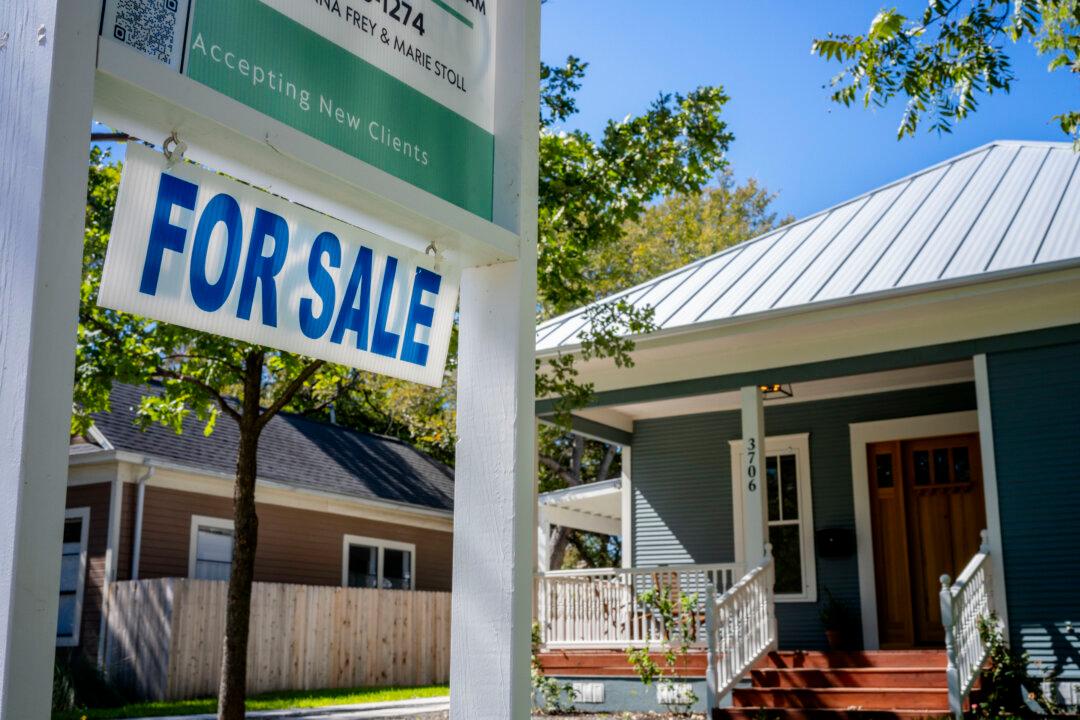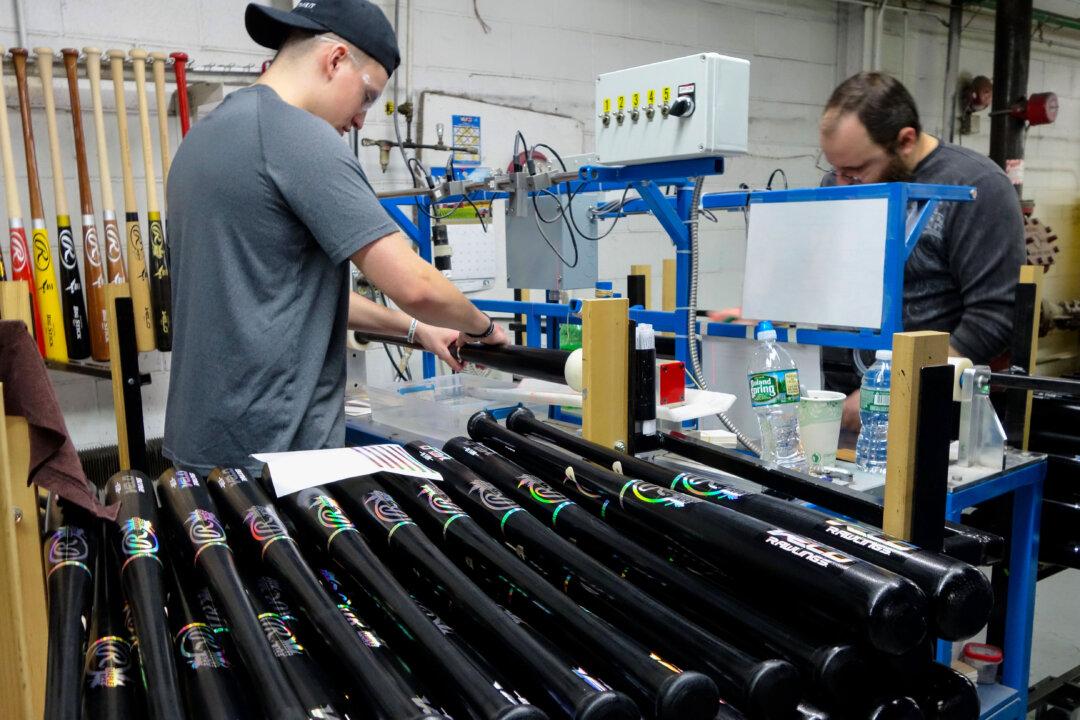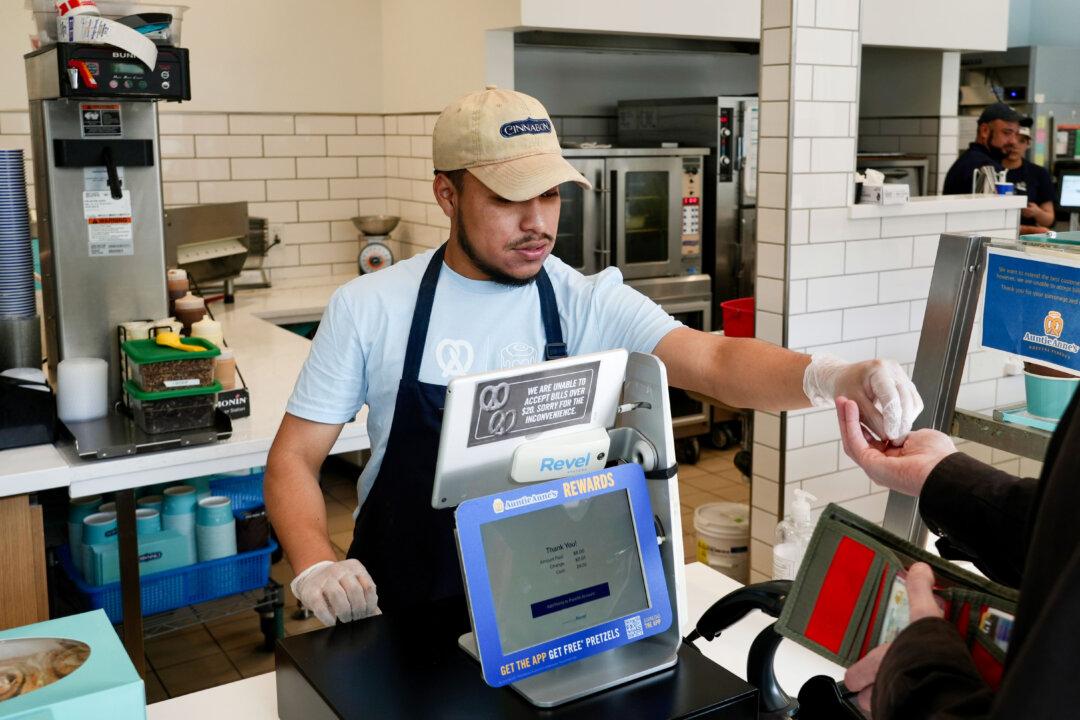According to the latest data from S&P CoreLogic Case-Shiller, U.S. home price increases show no sign of waning. Another record high was reached in March, with prices rising 6.49 percent over the last year, which was another slight increase from February. With mortgage rates now sprinting past 7 percent and nearing an 8 percent rate, the question remains the same as last year—when will potential home buyers get a break?
“Broadly speaking, we’re in a difficult situation where affordability is a difficult challenge. Homeownership is still regarded as the American dream, but with mortgage rates doubling since the pandemic and the rise in home prices, that is not supportive in getting over the hurdle,” Bankrate senior economist Mark Hamrick told The Epoch Times.





